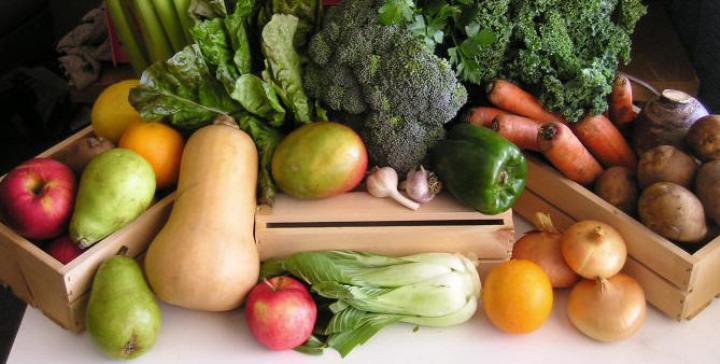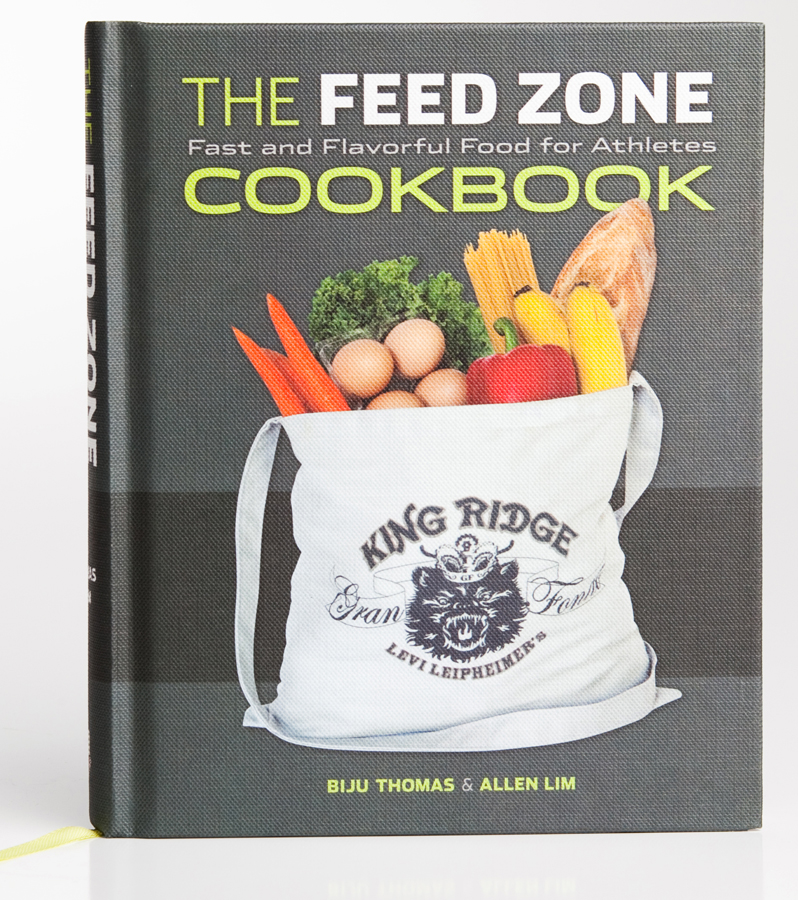These days, we hear about food a lot. Every time you turn around, there is a new book or study on nutrition. Authors such as Michael Pollan and Eric Schlosser have shined a light on the industrial food system and as a result we have a better understanding of what we eat. More and more people have tried to change their diet in order to lose weight, live healthier, or as a result of a food allergy (e.g. lactose intolerance, peanut allergy) or disease (e.g. Diabetes, Celiac disease, Chron’s disease). The market has responded with all sorts of products that accommodate those special diets. Even many dinky bodegas offer soy milk, gluten free bread, cage free eggs and organic lettuce.
Although the abundance of research and special diets out there can make the head spin, the scientific community has actually moved closer and closer to consensus about how we should be eating. In truth, it isn’t that difficult to understand how to eat healthy.
I have done my best to summarize this in general guidelines. Keep in mind that some of these are more universally agreed upon than others.
General Guidelines:
1. Minimize your intake of anything highly processed. Most pre-made, pre-flavored, pre-cooked foods are low on nutritional value, high on salt, sugar and fat and loaded with preservatives. A lot of processed foods that act as everyday staples to many people are engineered not to be more nutritious but rather to be more addictive.
2. Minimize your dairy intake. Humans are the only species to drink milk after infancy. Some scientists have theorized that all humans are allergic to lactose, just in varying degrees. Adequate calcium intake can easily be achieved by eating enough vegetables (e.g. Kale, edamame) and other non-dairy foods (e.g. Sardines, Almonds). If you must have milk in your coffee and cereal, consider a soy milk, almond milk or rice milk.
3. Eat a variety of grains. For the most part, the wheat that we eat today is unlike the wheat that people ate 100 years ago. Like many other foods, it has been engineered not for nutritional value but for maximum crop yield. Despite this, there’s no need for complete gluten abstinence (unless you have a gluten allergy), but most of us could stand to eat more varieties of grains rather than relying almost entirely on wheat. There are lots of wonderful gluten-free options out there such as rice, buckwheat, amaranth, quinoa, and millet so even when you have to load up before a long ride or race, there are many alternatives to the old bowl of pasta.
4. Minimize your sugar intake. Just to clarify, the demands of our sport pretty much require us to consume large amounts of sugar on the bike, which is all the more reason to minimize sugar intake off the bike. A little sugar in your coffee won’t do you any harm, but 6 Oreos every night will. This doesn’t mean that you can’t splurge every once in a while, just make sure that it is a splurge and not the norm. When possible, replace processed sugars such as sucrose and high fructose corn syrup with natural sugars such as honey, maple syrup and agave nectar.
5. Eat a lot of vegetables, and more specifically, vegetables of all different colors. Vegetables provide a lot of the nutrients we need and most can be eaten raw or prepared fairly easily. Current recommendations suggest that when we look at our dinner plates, most of the plate should be covered in vegetables. Even those that cringe at that thought are often pleasantly surprised when they experiment with different types of vegetables, cooking techniques and flavors. At the risk of offending my mother if she is reading this, I was amazed at how good brussels sprouts could be when prepared well!
6. “Graze” on natural, low-glycemic index foods. There are times as a cyclist (e.g. during and immediately after the race or workout) where you want high glycemic index foods that will keep your metabolism “revving”. When you snack, though, you should seek out slow burning foods such as cherries, apples, dried fruit, nuts and hummus that will keep you satisfied for longer and avoid the metabolism spikes of high GI foods.
For ethical reasons, some may wish to eliminate meat, fish, industrially produced eggs and genetically modified foods but for the most part that is an ethical discussion rather than a nutritional one. Certainly though, there is increasing evidence that organically grown vegetables, grass fed beef, free range chicken and non genetically modified grains may indeed be more nutritionally dense as well as less likely to contain harmful bacteria, pesticides and hormones.
You will note that I don’t use the words “eliminate”, “avoid all” or “maximize” anywhere here. All too often we like to categorize things into 2 categories: good and bad. But even the unhealthiest foods, such as fois gras, milkshakes and cheeseburgers won’t kill you to have once in a while. In fact, a lot athletes I know look at being able to have a beer or a few cookies after a ride without guilt as one of the benefits of exercise. Likewise, too much of a “good” thing can be unhealthy as well. Michele Ferrari famously said “It's dangerous to drink 10 liters of orange juice”. Though I wouldn’t agree with his implication that this makes it OK to cheat, he makes a valid point: even something “healthy” can be abused. Although it would be easier to plan if we could just separate all food into categories of good and bad, we benefit greatly from variety within the general guidelines.
Below is a sample daily menu for a cyclist. I deliberately did not specify portions because portion sizes would be different for people of varying body mass, training load, metabolism and Caloric balance goal (i.e. weight loss, gain or maintenance). I would simply note that the portions of vegetables should be relatively large and the portions of meat should be relatively small. Endurance athletes will typically require more carbohydrates, calcium and salt than the general public due to their training load and loss of electrolytes in sweat. This particular sample is geared towards someone in a transitional/off-season phase of their training, which means a few less carbs and a little more fiber than other phases of training.
Sample Daily Menu
Breakfast: Oatmeal with apple chunks, Fruit Juice
Mid-morning Snack: Almond and Date rice cake
Lunch: Veggie burger with avocado, Lentil salad
Mid-Afternoon Snack: Hummus with baby carrots, celery sticks and green or red pepper sticks, Apple juice (no added sugar)
Dinner: Lemon and Herb Salmon, Millet Salad, Roasted beets, Garden Salad (Baby Greens, tomato, cucumber)
Dessert: Homemade mango/raspberry sorbet sweetened with honey or agave nectar
Of course, just as there is a big difference between knowing you should ride towards the front of the pack in a crit and actually being able to do it, there is a big difference between knowing how to eat and actually being able to do it. Most of us have a lot of forces working against us that make things difficult. Here are some of the most common obstacles/excuses I hear from athletes:
"My mother/father/husband/wife does all the shopping and cooking and they don’t accommodate my needs as an athlete"
"I am at school/work all day and there are no healthy snacks available there. I get really hungry and end up buying candy in the vending machine/eating one of the cookies that Mildred in Accounting brought in"
"I am too busy to cook, so I just eat out all the time"
"I'm in college and I don't have a kitchen. I eat out or at the cafeteria all the time."
"By the time I get home from school/work I am starving and I make bad decisions about nutrition"
"I don’t have enough time to go shopping and buy the foods I should be eating more of (fresh fruits and vegetables in particular). I only go shopping once a week or less and by the end of the week a lot of that stuff has gone bad"
"I don’t have enough money to shop at Whole Foods (a.k.a. Whole Paycheck) all the time"
"I travel a lot for work/to races and my diet falls apart when I travel because I eat out a lot or buy food from highway rest stops that don’t have many healthy options"
All of these are legitimate and fair points but there is a solution to every problem. In my next blog, I will talk about all of these obstacles and ways that you can overcome them. SPOILER ALERT: the key word is “planning”. Yes, it can be a challenge but for all of the effort that you put into planning your training and racing, you can probably spend a little bit of time planning your diet, right?
Colin Sandberg is the owner and head coach of Backbone Performance, LLC. He is a Cat. 1 road racer, a USA Cycling Level II coach and a UCI Director Sportif. He is also head coach at Young Medalists High Performance and race director for Team Young Medalists. If you have questions or comments, feel free to use the comments section or email us. Thanks for reading!




